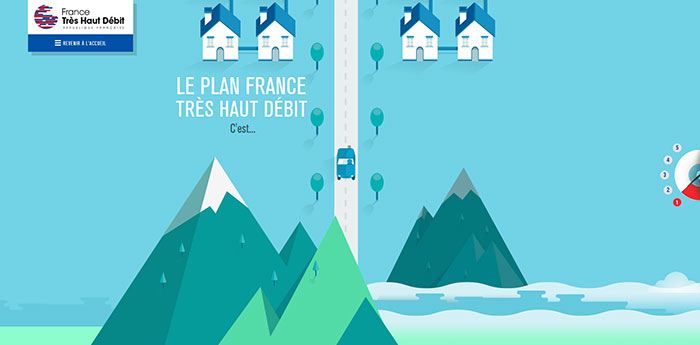How to make a startup website
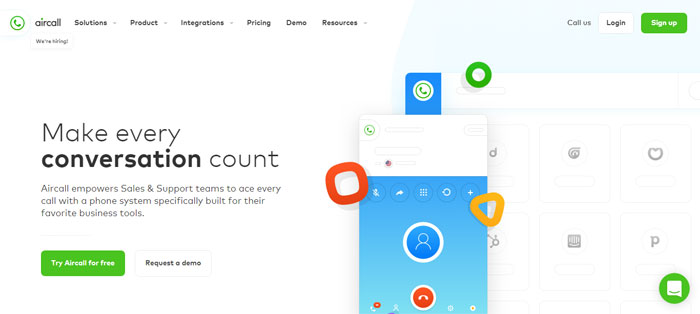
Imagine launching into digital space, just like a rocket, but instead of the cosmos, you’re entering the bustling universe of the internet with your brand-new startup. That’s exactly what you’re doing when you’re building a startup website. It’s your mission control, the place where ideas ignite and dreams take flight.
In this ever-expanding online galaxy, a well-crafted site acts as your starship. It’s where you’ll connect with fellow earthlings who need what you’ve got. It’s more than just pixels and code; it’s the digital heartbeat of your vision.
What I’ve got here is a map to the stars – or, more accurately, a guide to creating a website that resonates with your brand’s voice and skyrockets your business’s visibility. We’ll navigate through crucial things like domain name registration, user-friendly interfaces, and latching onto the power of WordPress for structure.
By the end of this cosmic journey, you’ll have the tools to construct a stellar online presence, ensuring your startup doesn’t just launch, but soars. Buckle up; we’re about to take off. 🚀
One way to ensure that your site meets the highest standards of professional startup websites is to consider hiring a website design Pleasanton agency.
What does the best web design for startups look like? Here are a few rules to help you figure out how to launch a startup site for your company.
- Your website can’t just be a side project. It should be integrated into your business goals.
- Always create a strategy with quantifiable website goals.
- Build your startup website incrementally, with both short-term and long-term development specifications.
- Don’t try to build the entire startup at once. Try a ‘build and release’ approach to your startup website design.
- Establish a realistic website design budget. Treat it as another expense of your business and remember that successful startup websites are not free.
- Build and release a static prerelease website before you create your more dynamic, final site design.
- Remember, how you approach your website is going to reflect on your entire approach to your business. It will demonstrate how you demonstrate to your customers and partners.
- If you’re going to build this website, you need to take the time to market and promote it.
- Make sure you watch the site’s Key Performance Indicators (KPIs). They are the most important numbers for your website.
- Take the time to work on the areas featuring your greatest core competencies and hire professionals to help with areas that you can’t take care of.
These ten rules will help you get started in starting a startup site. Here are some more website ideas for you to figure out how to make a startup website.
Present Your Message Clearly
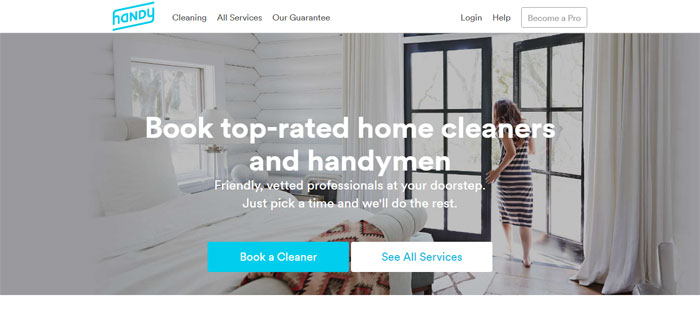
Your message is the most important part of websites for startup companies. Your message creation should take up most of the time and energy you spend on creating your company’s website.
Copywriting is usually treated as an afterthought.
It’s the stuff you put in to fill spots, the last thing you worry about or put resources into.
That’s wrong.
Writing your copy does matter. It’s the way you get your message across to anyone who visits your site. One of the reasons companies like Apple are so successful is because of their message.
What Makes for Good Messaging?
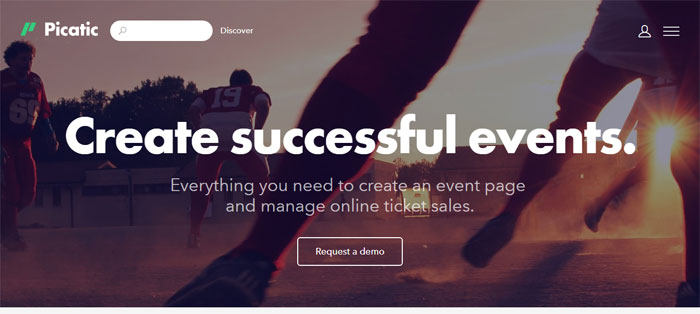
The same rules that apply to professional writing apply to your messaging: be clear, concise, and to the point.
However, it also more than that. You’re not looking to beg people to buy what you’re selling, though you certainly shouldn’t hide that you’re selling it and you’d like them to buy it. There’s a sweet spot you’re looking for, which is both clever and honest.
Good Messaging Is Worth People’s Time
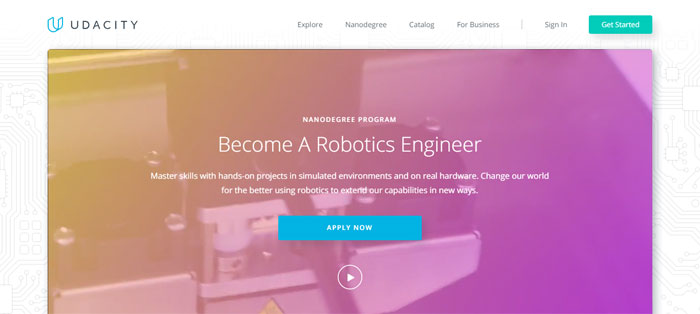
You and your company know who your customers are. You know where your target audience spends time online and what they spend their money on. You know your product is for them. You know all this, but do your customers know about your product?
The faster you can let them know about your product, the better off your site will be. The people who wouldn’t be interested will leave, and the people who are will stick around longer to possibly buy what you’re selling.
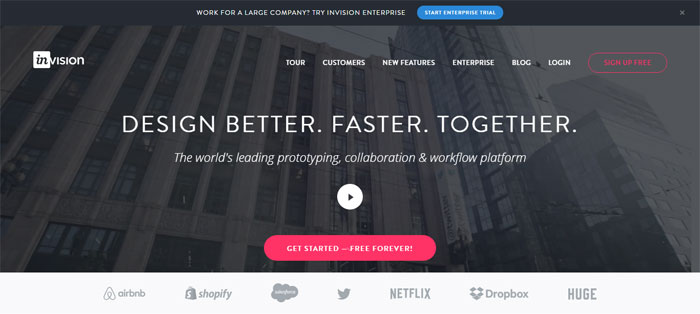
You need to figure out how to communicate if your target is for a viewer or not. If it’s not, that person will leave. This is no loss because he or she wasn’t going to be your customer anyway. If you have good messaging, that means they just figured it out that much faster.
How do you know your message is good? You test it!
Show your startup website to some neutral users, members of your target audience. See how fast they understand what you’re trying to say or sell to them. This can give you excellent feedback throughout your start-up website’s design process.
Think About Using Video
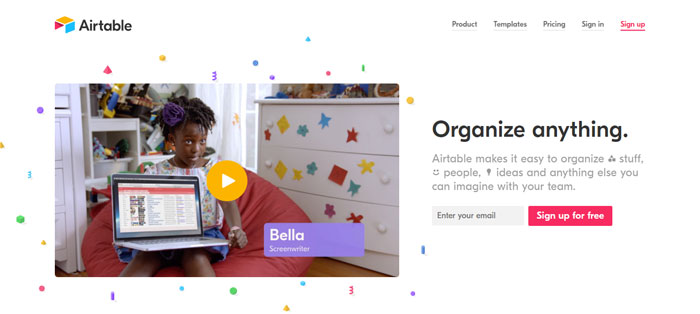
A lot of content nowadays is communicated via video. How can that help out your startup website?
A well-made video can communicate a lot of complex ideas quickly. Sometimes it even manages to demonstrate things or ideas that are hard to explain just using words.
On many occasions, you can demonstrate your product’s use or your team’s processes more easily with a video. This works especially if you have a service business website. Potential clients will get a trust boost by seeing video of your team delivering their promise.
Another thing to remember is that web users tend to be lazy. Give them the chance to click play to see the details of what your startup is trying to sell, rather than offering them a long article they’ll have to scroll through.
Why Are Startup Websites Usually Useless?
Well, this breaks down to two primary reasons:
- The company quits paying attention to the site after its launch. There are no more updates and no adjustments made because of feedback. It largely just sits.
- There isn’t much, if any, marketing budget or effort provided after launch. The site is just one more among thousands selling similar products. Without ads, it never stands out.
Static Versus Dynamic Startup Websites
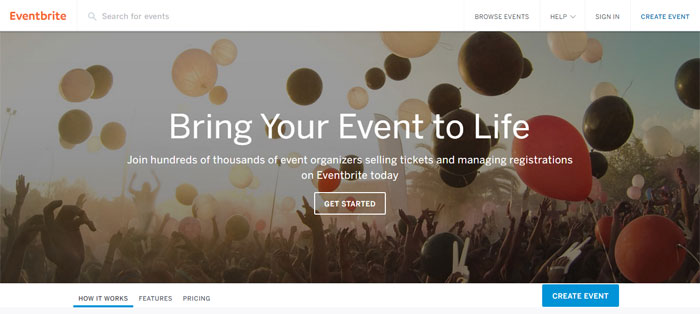
What’s the difference between static site and a dynamic site? You need to know the difference, as it will make a difference about how you manage your site budget and strategy.
Static Sites
Static sites stick to presenting only information. It provides relevant info to site visitors. It also provides contact information to them. It doesn’t offer much interaction or offer the chance to allow for transactions.
Usually, static websites are used as temporary sites until a more complex and larger site is able to be launched. The term usually used is a prelaunch site or a temporary landing page.
These prelaunch sites are used to create awareness of a company and get info from visitors so that they can be contacted about the full site launch. Static websites are not going to cut it in these modern times. Consumers expect complete and dynamic websites that allow them to complete transactions and do other business with a company.
Dynamic Sites

Dynamic sites are designed and developed to automate procedures and processes through technology.
Dynamic websites provide information of a static website with additional functionality, allowing consumers to buy what you’re selling. Information inputs can be used as results immediately.

The site offers the chance for employees to train and test almost any time. A dynamic website is very powerful and creating one costs more. Maintenance can also costs more. As such, the site should generate more value for your business.
Interfaces Aren’t Everything
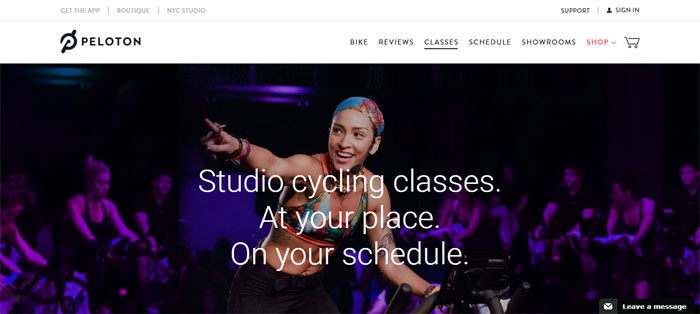
Make sure you don’t focus on surface level issues. You may fret about how to render existing content, or present aggregated data. Don’t get caught up on these issues.
Look beneath the surface. The systems you use make all the difference. Change those systems and you’ll change the rest of the issues.
Who Should Develop Your Website?
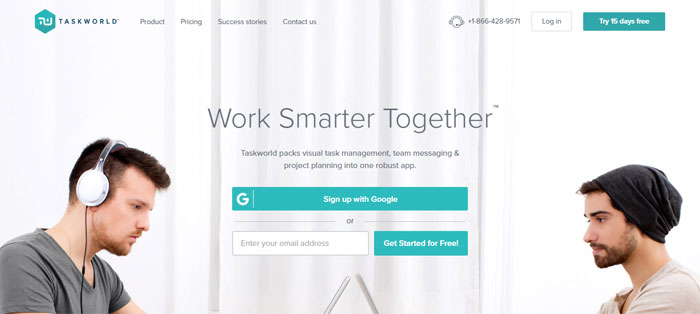
Time is money, as the saying goes. One of your first decisions needs to be figuring out how to develop your website. Choose wisely, as you’ll not only be paying but also because any delay to your site will cost you exponentially.
Option 1: Build It on Your Own
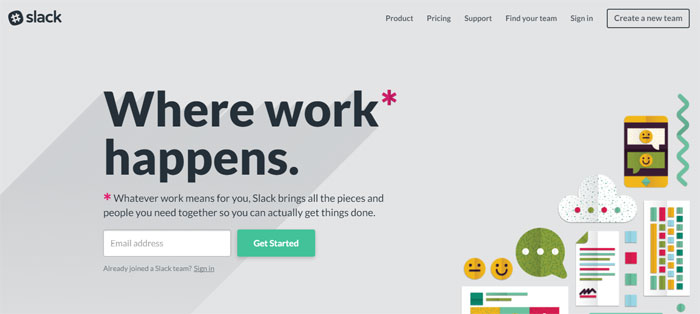
This option can save you and your company a lot of money. It may now, however, be the best choice. It might waste your time or generate a site that is less than what you need. You already have to manage finances, marketing, sales, strategic planning, product development, and much more.
Developing a website requires a lot of effort and has a steep learning curve. You’ll need to keep learning, too, as your site needs to be kept as up to date to possible.
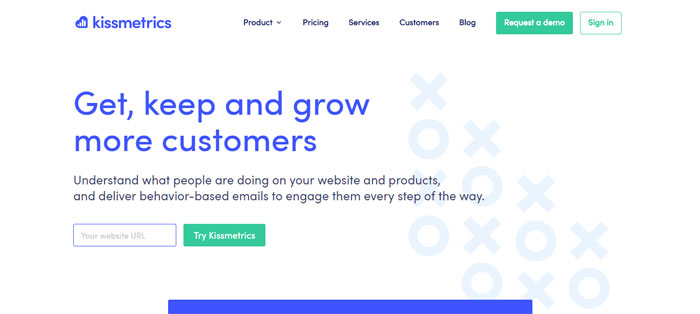
Developing a good website is hard and time-consuming even for people who do it professionally. There are a lot of tools and templates out there to shorten the process, but it still takes time to put those pieces together into a coherent whole.
Option 2: Have Professionals Build Your Website
Professional website developers design websites for a living. They are faster, more efficient, and more up-to-date on current trends and technology.
They know how to identify and implement different technologies that can make a serious difference for your startup company. You need to know what you’re good at and learn how to hire the right experts, however, be sure to learn the basics on how to create a site as well.
How to Know You’re Working with a Professional

Professionals are not going to be your cheapest option. The lead of your web design team needs to understand both front end and back end parts of the project.
They need to demonstrate how their solutions will impact your company. A lot of companies will do exactly what they ask for, but very few bother to make a good business case for the features they integrate. Professionals solve problems.
Full-time Programmer, Web Development Company, or Independent Contractor?
Independent Contractors
Usually, these are freelancers.
Pros: These contractors have more flexible schedules and relationships. You can start and stop the project, as well as adjust hourly schedules, more or less as needed.
You aren’t going to be spending money long-term on these freelancers. You won’t have to be concerned with employment liabilities. They also usually work for cash.
Cons: Most contractors want to be compensated for time, not results. They have an incentive to take longer to do a job, and they’ll generally try to do it with the minimum amount of work.
They don’t have a long-term investment in your company. You’ll need to provide these individuals with leadership and technical involvement.
Web Development Companies
These are teams of contractors. You’ll hire the company and they’ll assign their contractors to your job.
Pros: These companies share a lot of the same benefits as hiring individual contractors and then some.
You can usually expect a high quality of work. They tend to be more professional generally. The company will usually provide their own project manager to keep everything on schedule and within budget.
Cons: This is usually the most expensive option, in terms of cash. A reputable company will run you $10-$20K a month. You can easily pay more than that a month for a really good development firms.
They’re also not generally as flexible as individuals and will want longer contracts. You’ll also usually have to use their own legal contracts, rather than yours.
Full-Time Programmers
These are formal and dedicated members of your team, usually hired on a long-term basis.
Pros: As your employee, these programmers’ interests align with yours. They have a vested interest in your company.
They are much more likely to go through extra effort than contractors and innovate on their own. If your employee has equity or option in your company, that shared interest only increases.
Cons: You’ll need to identify and then sell the best candidates for the job. This can be a long and involved process. You’re also taking a risk on new hires. Any single person in a startup can sink the ship.
You’ll also have to deal with worker’s compensation, tax liabilities, unemployment insurance benefits, and other legal implications. You’ll need to provide leadership as well to keep everything on track.
You can hire from universities, craiglsit.com, startupers.com, and even take a look at relevant job boards. You can find quality hires from any of these locations. You just need to make sure your vetting process is solid.
FAQ on building a startup website
What do I need to get started on building a startup website?
You simply dive in by jotting down your vision’s framework. Secure a domain name that echoes your startup’s spirit. With this and a trustworthy web hosting plan, the foundation is set. Remember, choosing WordPress or another content management system should mirror your needs and tech comfort level.
How much does a startup website cost?
Well, it’s a spectrum. You might opt for a cost-effective template or custom work. Basically, expenses range from a shoestring budget using website builder tools like Wix.com to a higher-end tailored design from a pro developer. Don’t forget ongoing costs like hosting, updates, and SEO efforts.
How long would it take to build the website?
From scratch, a basic startup website might take a few weeks, while a complex one stretches to months. Timeframes sway with factors like design complexity and feature breadth. Your pace can quicken if you exploit site builders, or stretch out for bespoke, custom web development.
Should I invest in professional web design or use a DIY builder?
Your choice hinges on your startup’s scale, budget, and future plans. DIY website builders offer speed and savings, fitting for solopreneurs or micro startups. As ambitions swell, a pro designer can tailor robust, scalable platforms, crucial for a burgeoning brand’s long-term vision.
What’s the importance of responsive design for my startup’s website?
Essential doesn’t quite capture it. With responsive web design, your site flexibly fits onto any screen like water—be it phone, tablet, or desktop. It enhances user experience, aids in SEO, and ensures your startup doesn’t slide off the grid in our on-the-go world.
How can I ensure my startup website is SEO-friendly?
Your launchpad is clean, semantic HTML. Then, continually fuel up with high-quality, relevant content and LSI keywords. Ensure snappy load times, especially on mobile. Regularly consult tools like Google Analytics to monitor traffic and tweak your SEO strategies. But hey, user experience triumphs—keep it smooth and engaging.
What kind of content should my startup website have?
You’re painting your startup’s soul here. Unleash content that narrates your journey, explains your offerings, and resonates with your tribe. Mix up engaging text, crisp visuals, and perhaps tutorials or testimonials. Each pixel should hum with your unique beat, echoing your startup’s ethos and value proposition.
How frequently should I update my website?
Synergy is key. Align updates with your startup’s pulse—new offerings, blog posts, news. Monthly checkups work, but if Google’s algorithms favor fresh servings, why not weekly? Balance it with website maintenance to dodge obsolescence and impress both visitors and search engines alike.
Do I need a blog on my startup website?
Having a blog is like owning a spellbook. Craft stories, reel in curious minds, and conjure organic traffic through content strategy—a sorcerer’s duel against obscurity. Blogs fuel SEO, turning casual visitors into engaged audience members and brand ambassadors.
How do I protect my startup website from cyber threats?
Arm your digital fortress with SSL certificates and robust website security features. Regular updates and backups are like vigilant sentinels keeping watch. Consider managed hosting services where experts handle security, and you stay focused on conjuring business magic.
Conclusion
So, we’ve been deep-diving into what it means to shape up a space online for fresh digital adventures and boy, it’s been quite the journey. With every clickable button and swipeable image, building a startup website is like crafting your very own piece of the Internet real estate—a corner that truly speaks ‘you’.
- You’ve seen how picking a domain name plants a flag in your digital turf.
- You’ve learned how crucial user-friendly interfaces lure in passersby, making them stick around for the good stuff.
- And you’ve discovered that responsive design isn’t just nice to have; it’s your gateway to being everywhere, all at once.
Remember, your website ain’t just about looking sleek—though that sure helps—it’s about telling your story, sticky, click-worthy content, and a content strategy that smacks of ‘Hey, we know our stuff.’
Keep your online game strong. Stay fresh, stay relevant. After all, your website’s the rocket that’s shooting for the stars. 🚀
- Light Up Your Designs with These Light Color Palettes - 19 April 2024
- How to Measure Brand Loyalty Effectively - 19 April 2024
- The Square Enix Logo History, Colors, Font, And Meaning - 18 April 2024









